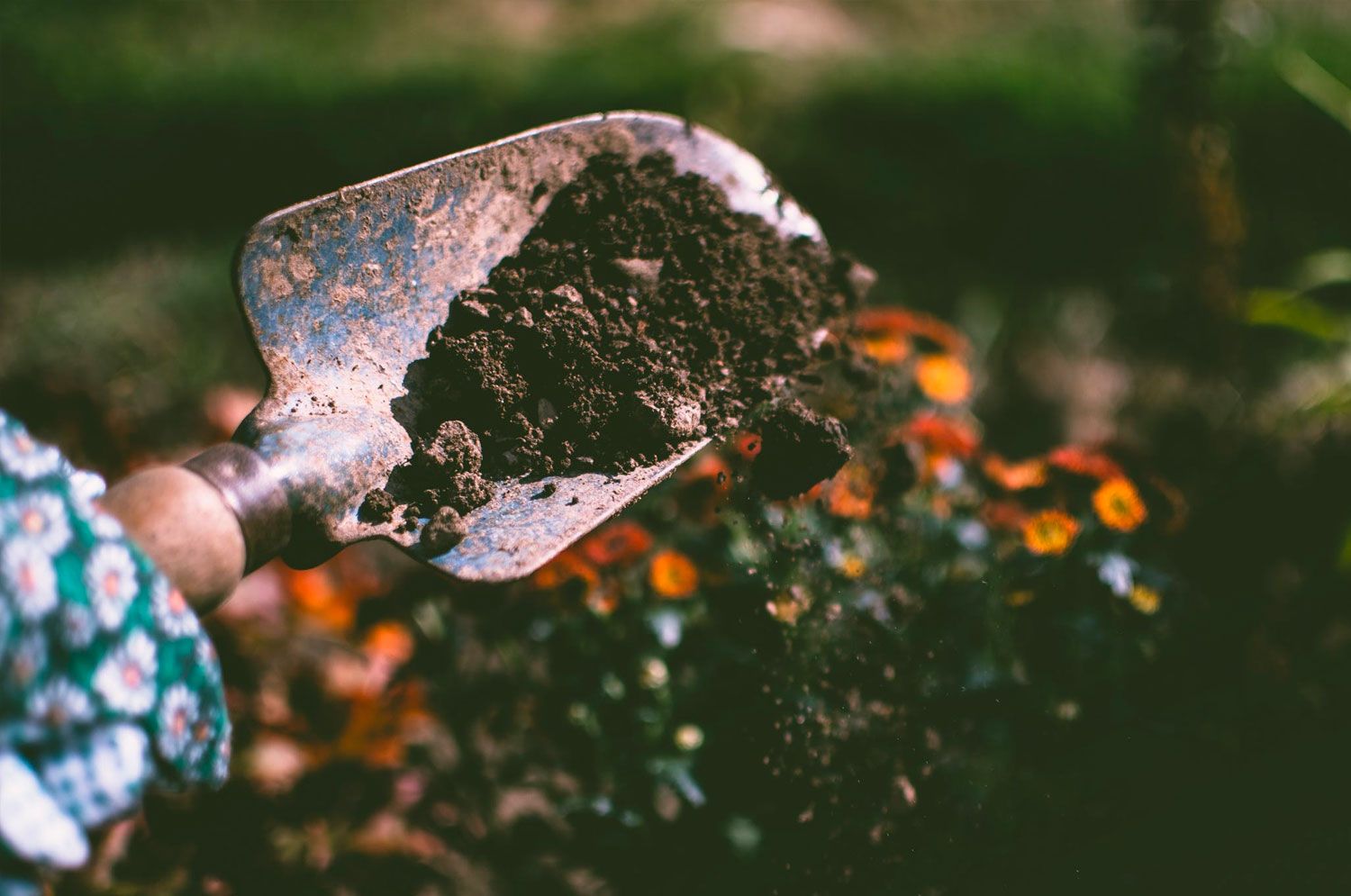
It turns out that the stable carbon matrix that biochar is made of has all kinds of interesting properties. This carbon matrix can hold on to things – water, air, metals and organic chemicals. And it also has unique thermal and electrical properties that are still being explored. Finally, the highly porous physical structure of biochar provides habitat for microorganisms. With so many different properties, biochar is bound to have a lot of different uses, but one function that all biochar applications (other than burning it for fuel) share is carbon sequestration. By fixing easily degradable plant carbon into long-lasting charcoal, carbon dioxide is slowly but surely removed from the atmosphere.
The biggest drawback to the application of biochar in soil is the cost. Making biochar is either a technical highly elaborate and capital-intensive process or a low-tech, slow and labor-intensive process; both paths are rather expensive. At current prices of $1000 a ton, the $5,000 to amend an acre of cropland with 5 tons of biochar would in most cases exceed the return from that acre.






